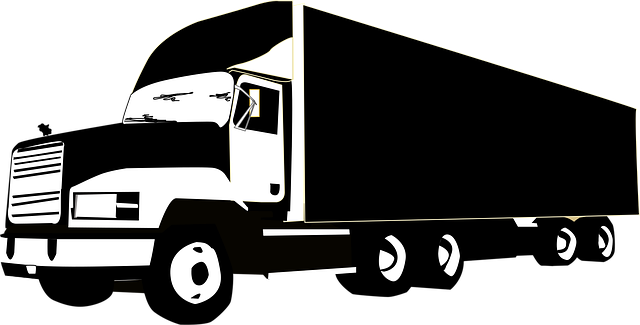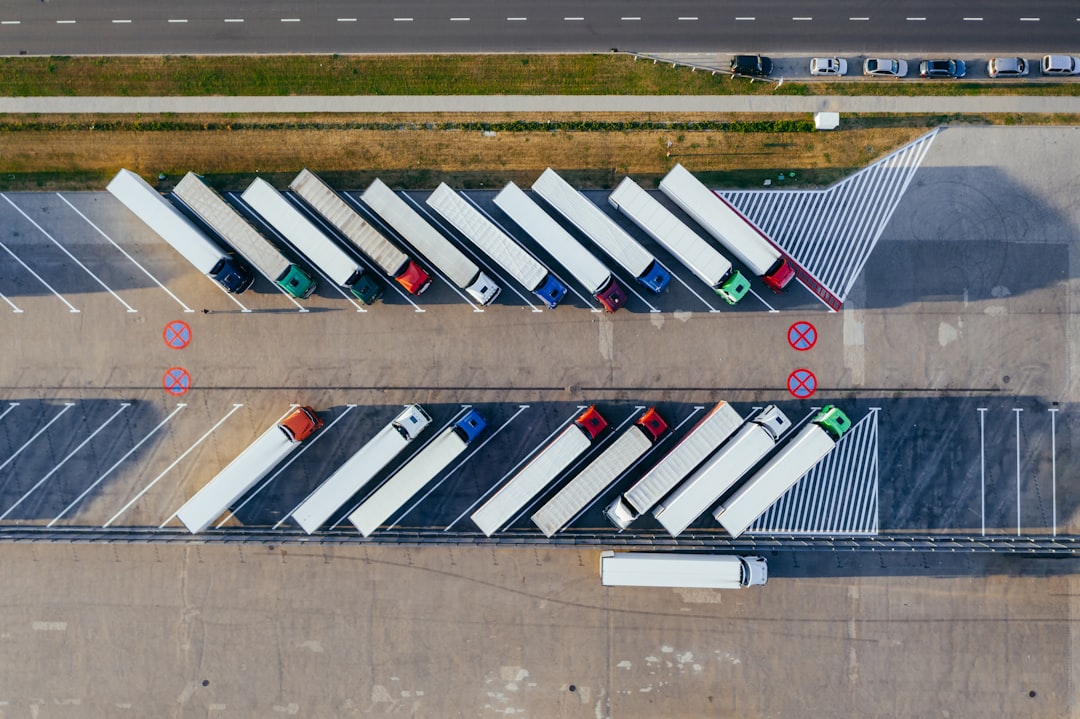Registering a car in California involves several key steps, ensuring your vehicle complies with state laws. This comprehensive guide walks you through the entire process, from gathering essential documents to completing VIN (Vehicle Identification Number) verification. We’ll detail each phase, including how to pay registration fees and obtain your certificate of registration. By following these straightforward instructions, you’ll navigate California’s car registration requirements efficiently and securely.
- Understanding the Registration Process
- Gather Required Documents
- VIN Verification: Step-by-Step Guide
- Paying Registration Fees
- Receiving Your Registration Certificate
Understanding the Registration Process

Understanding the Registration Process in California
Registering a car in California involves several steps, and one crucial aspect is ensuring accurate vehicle identification number (VIN) verification. This process confirms the authenticity and history of your vehicle, which is essential for legal registration. It’s important to note that you can now take advantage of convenient options like mobile VIN inspection or mobile VIN verifier services to streamline this initial step. These services allow you to get a quick and accurate read of your car’s VIN while on the go, making it easier to initiate the registration process at a California Department of Motor Vehicles (DMV) office.
Once your VIN is verified, you’ll need to gather necessary documents, including proof of insurance, proof of identity, and a completed application form. The DMV will assess your vehicle for any outstanding issues or violations before issuing a registration certificate and license plate. This process may vary slightly depending on whether you’re registering a new or used car, but the core requirement remains the same: accurate VIN verification to ensure compliance with California’s registration guidelines.
Gather Required Documents

Before you begin the registration process, make sure you have all the necessary documents ready. California requires a comprehensive set of paperwork to ensure the accurate identification and documentation of vehicles within its borders. Among these, the Vehicle Identification Number (VIN) verification is a crucial step. This unique 17-character code acts as a fingerprint for your car, providing essential details about its make, model, year, and production history.
For a seamless registration experience, consider utilizing a mobile VIN verifier or conducting a mobile VIN inspection. These services offer convenience by allowing you to verify the VIN of your vehicle from anywhere, saving time and effort compared to traditional methods. With just a few simple steps, you can ensure that all documentation is in order, including proof of ownership, insurance, and any applicable emissions test results.
VIN Verification: Step-by-Step Guide

VIN verification is a crucial step in registering your car in California. The process involves confirming the vehicle’s unique identifier (VIN) to ensure it matches the manufacturer’s records and prevents fraud. Here’s a step-by-step guide on how to conduct this check:
1. Locate the VIN: Find the Vehicle Identification Number (VIN) on your car, typically located on the driver’s side door frame or in the engine bay. It’s a 17-character alphanumeric code. For older vehicles, it might be on the dashboard or under the steering wheel.
2. Use a Mobile Vin Verifier: To streamline the process, consider using a mobile vin verifier app or service. These tools connect to database systems that cross-reference your VIN with manufacturer and national records. Simply input your VIN into the app, and it will display detailed information about the vehicle’s history, including ownership changes, accident reports, and maintenance records. This method is efficient and can be done from the comfort of your home or while you’re waiting at a DMV office. Compare results from different mobile vin inspection services to ensure accuracy.
Paying Registration Fees

When registering your car in California, one significant step is paying the registration fees. These fees cover various costs associated with vehicle ownership and maintenance. The California Department of Motor Vehicles (DMV) sets these fees, which can be paid online or at a DMV office. Before submitting your application, ensure you’ve included all necessary documents, such as proof of insurance and identification.
The process involves a thorough VIN verification to ensure the authenticity and history of your vehicle. You can facilitate this critical step with a mobile VIN verifier, allowing for convenient and accurate inspection right from your smartphone or tablet. This digital approach streamlines the registration process, making it faster and more efficient compared to traditional methods.
Receiving Your Registration Certificate

After completing your vehicle’s registration application, the DMV will perform a crucial step known as VIN verification. This process involves cross-referencing your car’s unique Vehicle Identification Number (VIN) with their records to ensure its authenticity and history. Once this is confirmed, you’ll be issued a Registration Certificate. This certificate serves as official proof of ownership and is essential for displaying on your vehicle when parked in public areas.
Receiving your certificate typically involves a secure online delivery system or mail service. It’s important to keep this document handy as it may be required during future vehicle transactions, such as insurance claims or selling your car. Additionally, some services offer convenient options like mobile VIN verification through a trusted mobile vin verifier, allowing you to complete the registration process even more efficiently from the comfort of your home.
Registering a car in California involves several straightforward steps, from gathering essential documents to completing a VIN verification process. By understanding each stage and ensuring all fees are paid, you’ll be on your way to securing your vehicle’s registration. Remember, accurate VIN verification is crucial for a successful registration, so follow the guide provided meticulously. Once complete, you’ll receive your registration certificate, marking the official registration of your car in California.



